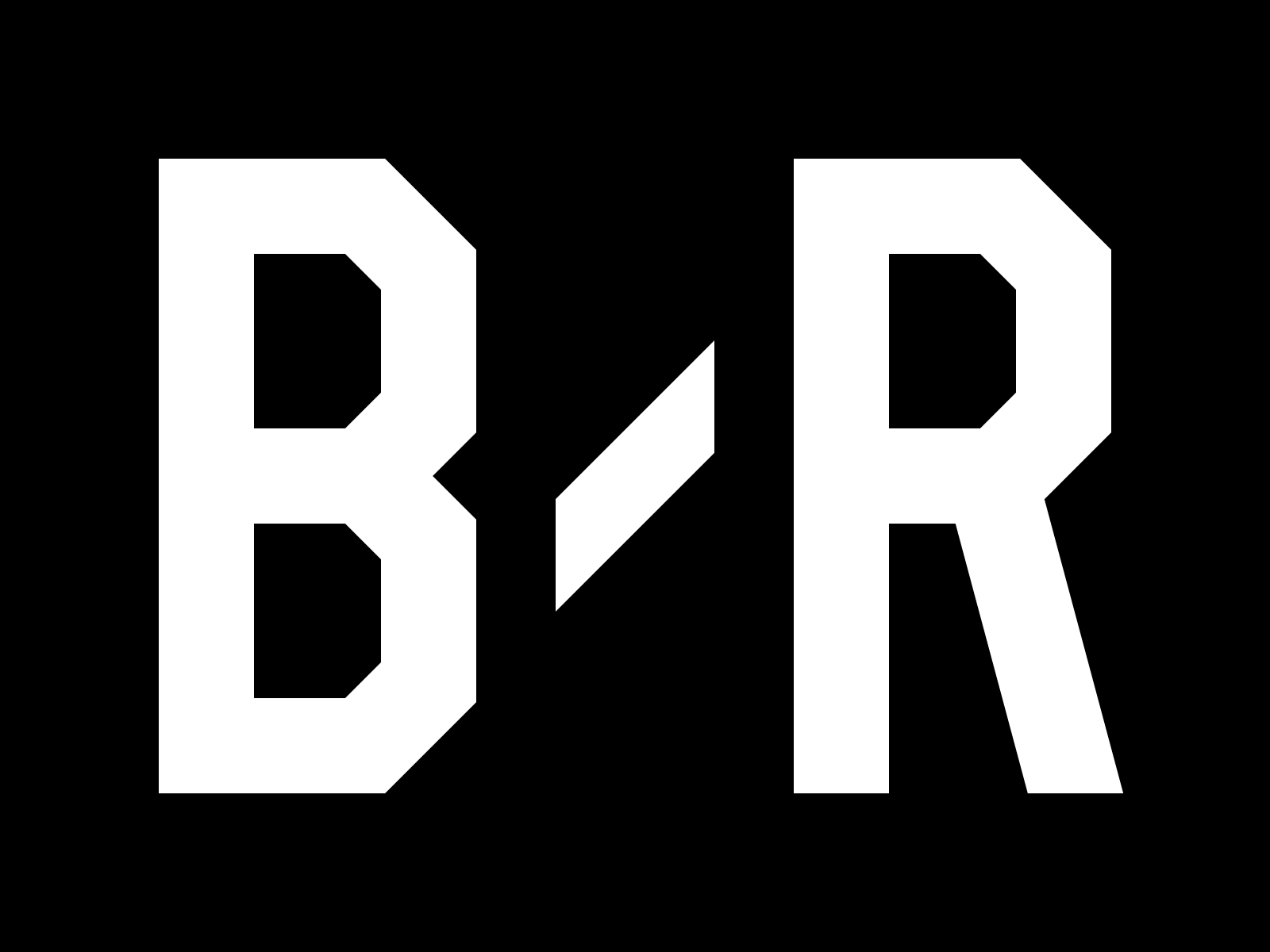The Cincinnati Bengals got it wrong with this year's fifth overall pick.
Ja'Marr Chase is an exceptional talent. He was clearly WR1 heading into the 2021 NFL draft. But Oregon offensive tackle Penei Sewell should have been the selection to protect quarterback Joe Burrow.
The decision became an extension of last offseason's missteps.
Following the 2020 NFL draft, I wrote of the Bengals' class other than their No. 1 overall pick: "Previous ills can be forgiven with a smart approach. With Burrow already in tow, the Bengals should have done everything in their power to properly protect the quarterback. They didn't."
Cincinnati then made no significant investments in its offensive line in free agency or the draft. The team moved forward with the likes of Michael Jordan, Billy Price, Alex Redmond, Fred Johnson, Xavier Su'a-Filo and Bobby Hart.
It continues to repeat its mistakes.
A year later with the opportunity to finally make a statement in the draft, the Bengals chose a lesser talent at a lesser position at less of a need in the context of what was available to them.
Some will argue Chase was the better overall prospect, though Bleacher Report's scouting department graded Sewell as the fourth-best talent in the class and noted his All-Pro potential. In comparison, Chase ranked 10th with a grade that fell one tier below.
Some within the NFL viewed Sewell even more favorably.
"If I could pick one player in this draft who's got the best chance to go to the Hall of Fame, it's Penei Sewell," one coach told NBC Sports' Peter King.
An NFL head coach told ESPN's Adam Schefter that the 2019 Outland Trophy winner is the "one surefire Hall of Famer in this draft class." Another told ESPN's Dianna Russini the same.
Pro Football Focus graded Sewell as the best overall offensive tackle prospect since the site began doing so for collegiate players seven years ago.
To be clear, Sewell may not ultimately fall into the same category as all-time greats like Jonathan Ogden, Orlando Pace and Walter Jones. He does need to refine his technique. Because of his age, 20, and his decision to opt out of last season, his floor is much lower than a typical top tackle's would be.
Still, he warranted being the first offensive tackle selected in a good offensive line class and probably would have been last year if eligible.
"You'd be really happy with having Sewell," an executive told The Athletic's Bob McGinn. "He will trend toward being a Pro Bowl-level player if not competing to be one of the best tackles in the league."
Granted, grades vary by team. But no one can deny Sewell's ability any more than they can Chase's.
To be completely fair, another evaluator called Chase the "best wide receiver prospect since Julio [Jones]," according to NFL Network's Ian Rapoport. And that's fair. After all, the short list of top-five wide receivers selected since 2012 includes Corey Davis, Amari Cooper, Sammy Watkins and Justin Blackmon.
Then again, being the best since Jones doesn't mean Chase is the same caliber of prospect the future Hall of Fame receiver was at the time. It simply means he's the next best.
Coincidentally, Cooper is the last wide receiver, among those to come off the board first, to surpass 1,000 yards as a rookie since the Bengals chose A.J. Green over Jones 10 years ago.
Which way will Chase lean? It's interesting because, typically, the top prospects at the position haven't done well in recent years. The following is a list of the first wide receiver prospects chosen first in their respective classes since Green and Jones came into the league:
| Year | Player | Receptions | Yards | Touchdowns |
| 2020 | Henry Ruggs III | 26 | 452 | 2 |
| 2019 | Marquise Brown | 46 | 584 | 7 |
| 2018 | DJ Moore | 55 | 788 | 2 |
| 2017 | Corey Davis | 34 | 375 | 0 |
| 2016 | Corey Coleman | 33 | 413 | 3 |
| 2015 | Amari Cooper | 72 | 1,070 | 6 |
| 2014 | Sammy Watkins | 65 | 982 | 6 |
| 2013 | Tavon Austin | 40 | 418 | 4 |
| 2012 | Justin Blackmon | 64 | 865 | 5 |
| Average: | 48.3 | 660.8 | 3.9 |
Situations differ, and those previous numbers don't necessarily reflect what Chase can eventually do in the Bengals offense alongside Burrow. But a history exists that says top wide receiver prospects don't generally produce at the highest level at the onset.
Knowing the hit rate of that group, understanding where Chase stands among the hierarchy that followed Jones and then factoring in the value of his position, the Bengals chose not to build their roster properly.
Generally speaking, offensive tackle is considered a premium position, while wide receiver isn't.
Yes, today's NFL is wide-open and a pass-first league. Offenses must create explosive plays. At the same time, the wide receiver position has had two consecutive historically good classes from a depth perspective. When both tackle and receiver present quality depth—and both did this year—the logical approach is to select the premium prospect first, especially when it's an area of need.
The Bengals offensive line ranked among the league's worst last season. They finished among the bottom three in overall performance, according to PFF. Injuries played a role, but Cincinnati never featured a complete front five and the unit lacked quality depth. Defenders hit, hurried or sacked Burrow more than the vast majority of quarterbacks.
Ultimately, Burrow suffered a season-ending knee injury.
Going into this offseason, the Bengals had two competent-to-good starting options already in place. Jonah Williams, whom the team selected 11th overall two years ago, should be fine at left tackle. Trey Hopkins is another solid performer at center. From there, a lot of work needed to be done and didn't exactly happen.
Frank Pollack's rehiring as offensive line coach after spending the last two seasons with the New York Jets is a definite step in the right direction, but he's still reliant on the talent available to him. In terms of free agency, the Bengals signed nine-year veteran Riley Reiff. That's it.
Reiff, who's expected to play right tackle, agreed to a one-year, $7.5 million contract. Due to his age (32) and contractual status, his presence should have had no bearing whatsoever on Cincinnati's initial draft selection. If anything, Sewell's potential selection could have created a positive ripple effect throughout the unit. The rookie could have slid into either tackle spot and improved the tandem overall. From there, Reiff could have moved to guard, which was a possibility dating back to his days with the Minnesota Vikings.
Instead, the Bengals waited to address their biggest weakness and went with another need. Make no mistake, wide receiver became a significant area of concern after Green left in free agency. The team needed someone who can be an X-receiver and create separation to make life easier on last year's No. 1 overall pick.
Nevertheless, the roster already featured Tee Higgins and Tyler Boyd. Furthermore, the offensive line didn't necessarily get significantly better with the draft additions of Jackson Carman, Trey Hill and D'Ante Smith. Each has potential, and Carman will likely take over one of the guard spots. But they're significant downgrades from what the team could have added up front.
Some will undoubtedly argue Cincinnati could have selected Oklahoma State's Teven Jenkins, Notre Dame's Liam Eichenberg or Stanford's Walker Little in the second round and been much better off. Maybe, but the Bengals didn't go that route. The front office chose to trade down and ultimately select a local product, whereas nine more wide receivers came off the board before the end of the draft's second day. Bleacher Report's scouting staff had seven available receivers who still graded higher than Carman, and some of them significantly so.
Issues with Cincinnati's choices are based on a macro point of view with regard to how an organization should prioritize building around an elite, young quarterback prospect.
Their AFC North counterpart, the Cleveland Browns, tried the Bengals' approach two years ago. The Browns chose Baker Mayfield with the first overall pick in the 2018 draft. Then-general manager John Dorsey acquired star wide receivers Jarvis Landry and Odell Beckham Jr. in back-to-back offseasons. The team improved, but it didn't start to reach its full potential until last season after current general manager Andrew Berry committed to improving the offensive line. He went out and signed the best available free-agent tackle in Jack Conklin and then doubled down by selecting Jedrick Wills Jr. with the 10th overall pick.
The Kansas City Chiefs and Los Angeles Chargers did an exemplary job of rebuilding the entirety of their offensive lines in one offseason.
The Chiefs signed Joe Thuney, Kyle Long and Austin Blythe in free agency, traded for Orlando Brown Jr. and drafted Creed Humphrey in this year's second round. The Chargers, meanwhile, signed All-Pro center Corey Linsley and guards Matt Feiler and Oday Aboushi before drafting tackle Rashawn Slater with the 13th overall pick.
Sure, they already had weapons in place, but they also had needs elsewhere. Those two franchises prioritized their fronts to protect their exciting young quarterbacks.
Even the Miami Dolphins, who picked a wide receiver directly behind the Bengals with the sixth overall selection, waited a year before doing so. In 2020, the organization committed to rebuilding its offensive front to protect incoming rookie quarterback Tua Tagovailoa by selecting left tackle Austin Jackson in the first round, right tackle/guard Robert Hunt in the second and guard Solomon Kindley near the top of the fourth.
Despite likely playing behind another middling-to-bad offensive front, Burrow is excited to play with Chase. He should be. The two made magic together at LSU, and every quarterback would be pumped to have his favorite target along for the ride.
Instead of trying to make their quarterback happy by adding an offensive weapon, the Bengals should have done right by him. Hopefully, everyone gets to see the best version of Burrow post huge numbers while throwing to Chase. Unfortunately, Cincinnati's lack of commitment toward protecting its franchise investment casts doubt on whether the quarterback will ever realize his full potential.
Brent Sobleski covers the NFL for Bleacher Report. Follow him on Twitter, @brentsobleski.



Read 0 Comments
Download the app for comments Get the B/R app to join the conversation